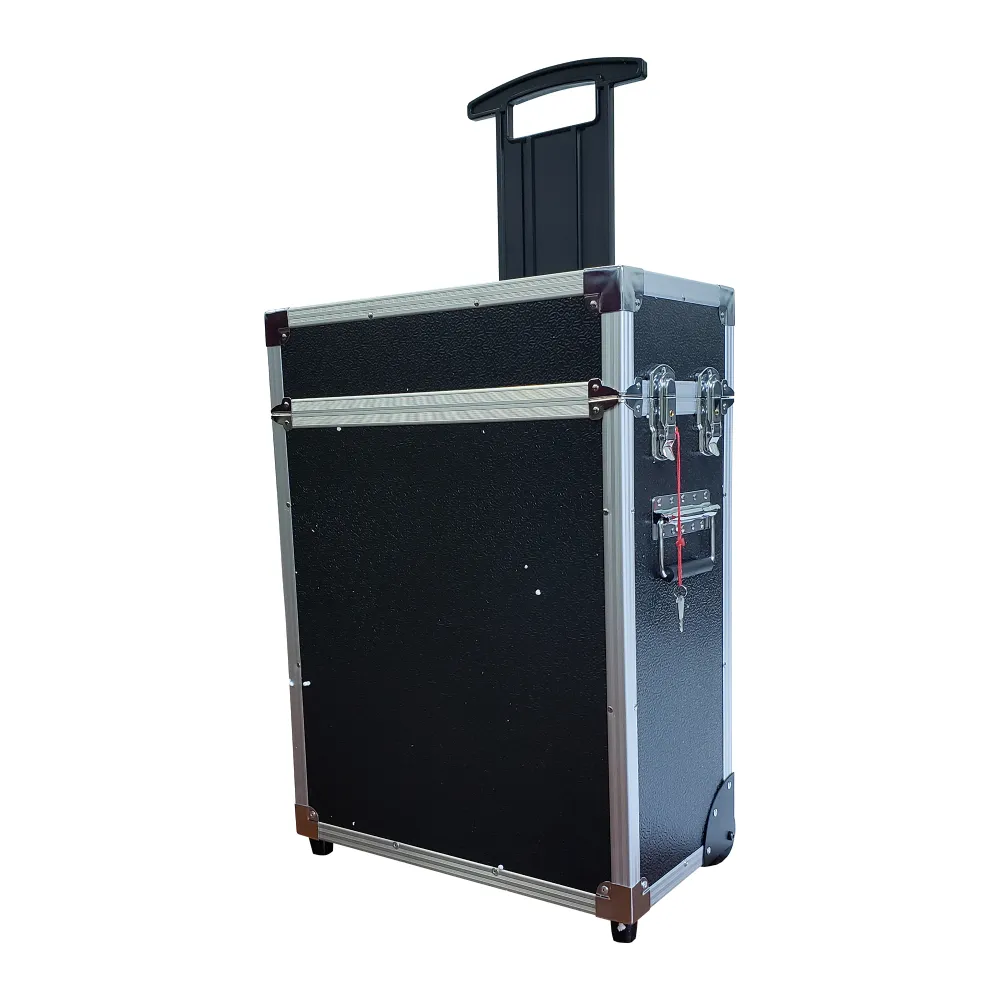 English
English


Exploring Flash Point Testing with Pensky Martens Method for Fuel Safety Assessment
Understanding Flash Point Testing The Pensky-Martens Method
Flash point testing is a critical process in determining the flammability of liquid substances, particularly in compliance with safety regulations and standards. Among the various methods employed to ascertain the flash point, the Pensky-Martens closed cup method is one of the most widely used and recognized across industries. This article delves into the fundamentals of the Pensky-Martens method, its significance, and its application.
The flash point of a liquid is defined as the lowest temperature at which the vapor of the liquid can ignite in air when exposed to an ignition source. The determination of flash point is crucial for industries that handle flammable liquids, as it helps in assessing the safety risks associated with the storage, transportation, and use of such materials.
The Pensky-Martens method, which dates back to the early 20th century, is specifically designed for testing materials that have a flash point above 30 degrees Celsius (about 86 degrees Fahrenheit). This method utilizes a closed cup apparatus, which is essential for simulating realistic conditions of vapor accumulation.
Equipment and Procedure
The Pensky-Martens apparatus consists of a cup, a lid, a thermometer, a stirrer, and a heating system. The test involves the following steps
1. Preparation A sample of the liquid to be tested is placed in the metallic cup, which is then heated gradually. The temperature is continuously monitored using the attached thermometer.
2. Ignition Testing As the temperature rises, an electric ignition source is employed to introduce a flame to the vapor above the liquid surface at regular intervals. The objective is to determine the temperature at which a flash occurs.
flash point pensky martens

3. Identifying Flash Point The moment a distinct flash of fire is observed, the temperature is recorded. This recorded temperature is thus termed the flash point of the substance.
Significance of the Pensky-Martens Method
The Pensky-Martens method plays a pivotal role in industrial safety protocols. By knowing the flash point of a material, organizations can establish handling and storage conditions, develop safety protocols, and ensure compliance with health and safety regulations.
Moreover, this method provides valuable information for emergency response teams in the event of an incident involving flammable liquids. Knowing the flash point helps in assessing the potential hazards and implementing appropriate containment and control measures.
Applications Across Industries
The Pensky-Martens method is applicable across various sectors, including petroleum refining, chemical manufacturing, paint and coatings, and pharmaceuticals. For instance, in the oil industry, determining the flash point of fuels is crucial for assessing volatility and ensuring safe transportation. In the realm of coatings, knowing the flash point helps formulate safer products that meet regulatory standards.
Conclusion
In summary, the Pensky-Martens method is an indispensable tool in assessing the flammability of liquids. It not only helps in ensuring compliance with safety regulations but also contributes significantly to the development of safety protocols across various industries. With safety being paramount in today's industrial landscape, the importance of reliable flash point testing cannot be overstated. As technology continues to evolve, methodologies like the Pensky-Martens method remain essential for fostering a safer working environment for everyone.
-
Differences between open cup flash point tester and closed cup flash point testerNewsOct.31,2024
-
The Reliable Load Tap ChangerNewsOct.23,2024
-
The Essential Guide to Hipot TestersNewsOct.23,2024
-
The Digital Insulation TesterNewsOct.23,2024
-
The Best Earth Loop Impedance Tester for SaleNewsOct.23,2024
-
Tan Delta Tester--The Essential Tool for Electrical Insulation TestingNewsOct.23,2024





